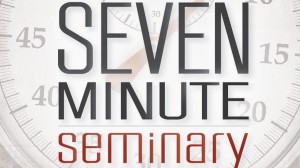
Does Science Conflict with Religion?
In this Seven Minute Seminary episode, Dr. Jerome Van Kuiken explains how scientists, including most of the fathers of modern science, were faithful Christians and theists working out of a rich biblical worldview.











